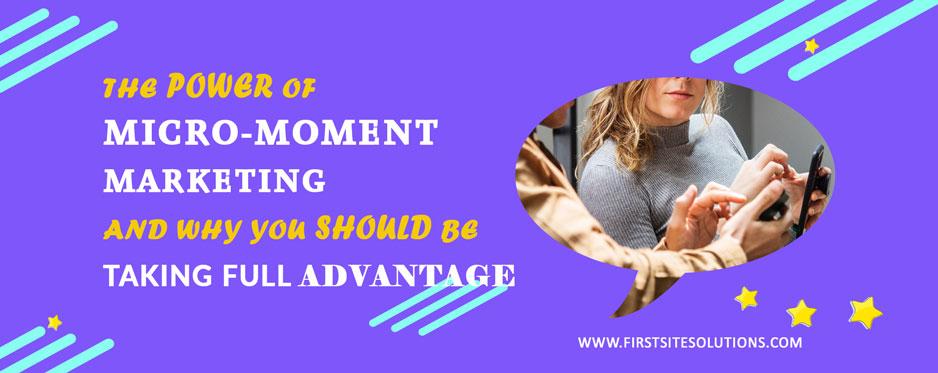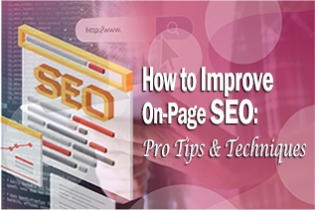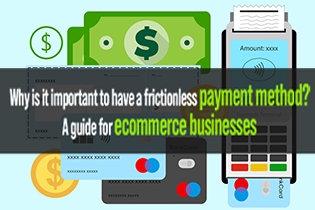
Customer behaviour has been changing all the time. As internet and mobile devices become indispensable to our daily lives, they have turned the hundreds of moments that we experience every day into game changers for customers and created enormous opportunity for businesses.
What is Micro-moment Marketing?
According to Google definition, it is the moments when people turn to a device, more like a smartphone, to get what they want or take action on what they need. It is the intersection between intention, context and immediacy.
Everyday, we see people playing with their phones everywhere – on the bus, in line for a coffee, having a meal at a restaurant. Think about all those instances when you’d reach for your phone to search for something or seek quick answers. A fleeting moment that a consumer experiences on average 150 times a day is a golden opportunity for businesses to make you a genuine lead.
These micro-moments are when you have the highest intention to make a purchase or query; you have a mindset that will influence you to add things to your cart or wishlist, and eventually become a loyal customer. A certain influencer will gain another follower; a charity will get a donation, a blog will gain another subscriber, and business will get a new customer.
What Matters Most to Users

When doing a search to learn or buy something, users demand instantaneous satisfaction. This implies that they don’t look further than the first or second result page. That’s where they’ll find relevant information that they need; where your brand needs to get a spot.
Thanks to Google’s improved result algorithm, users can see how many products have more reviews and the overall rating on a site. When making a short query, users rarely have the time to look through long and wordy descriptions. They want pictures, crisp descriptions, and titled reviews that get to the point.
How to Win Consumers’ Attention

In order to get your audience’s attention, it’s critical that you win over the search engine algorithm with the right techniques and strategy. With enough persuasion and properly placed ads, your businesses can convert a potential lead into a sale. Of course, your strategy depends entirely on the intent of the search.
I Want to Buy
If a user has searched with the intent to buy, they would prefer visual content, like images and shorter pieces of text.
I Want to Go
When users make a search query with the intent of going someplace, they go into detail by looking for blogs and detailed content like videos.
I Want to Know
The ‘I want to know’ intent requires that result pages feature short and relevant pieces of text. When users make quick searches to learn something, they would prefer that search engines provide them with proper information that satisfies their query.
For example, when they see a familiar actor in a film, but can’t remember the name, users quickly reach for their phones and do a search. If they’re interested in the actor’s other works, they’ll consider watching them and following the actor on social media.
I Want to Do
When in search of inspiration or quick help on how they can do something, users rely on a variety of content, such as blog posts, instructable videos, images on a picture site, etc. These provide them with creative ideas and give them the opportunity to refine their technique as they go.
Make Your Content Deliver Value And Still Can Be Consumed Fast
To take advantage of those opportunities, you must realize that the key of micro-moments marketing is to capture your consumers’ attention in a few nanoseconds. You need to identify those fragmented interactions that occur in your field, understand what your consumers are looking for, and offer them what they need by setting up touch points with useful, engaging, and concise content.
Get the Most out of Micro-moment Marketing
By implementing a micromoment marketing strategy, businesses not only generate more sales, enhance positive brand sentiment, but they can mould perspectives as well. For instance, when people use their computer or smartphone to look up a recent event or occurrence, content that they see first has a higher chance of shaping their views on a particular topic. With a higher click through rate, your business content can be the go-to place for satisfying queries that fall within your domain.







